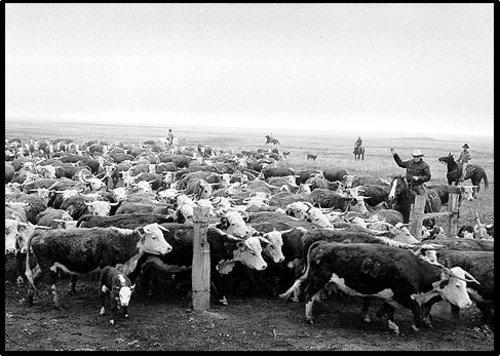The History Academy
The History Academy's goal is to share best practice at an affordable price so that you can focus on your own priorities. Our resources have been written to a high standard and fine tuned in the classroom. During my 35 years in challenging schools, I have published resources for Heinemann, Pearsons, Hodder, Folens, BBC and Boardworks. If you would like to receive updates, create your own customised bundle or join our team, then contact us via our Facebook or Linkedin pages.





















